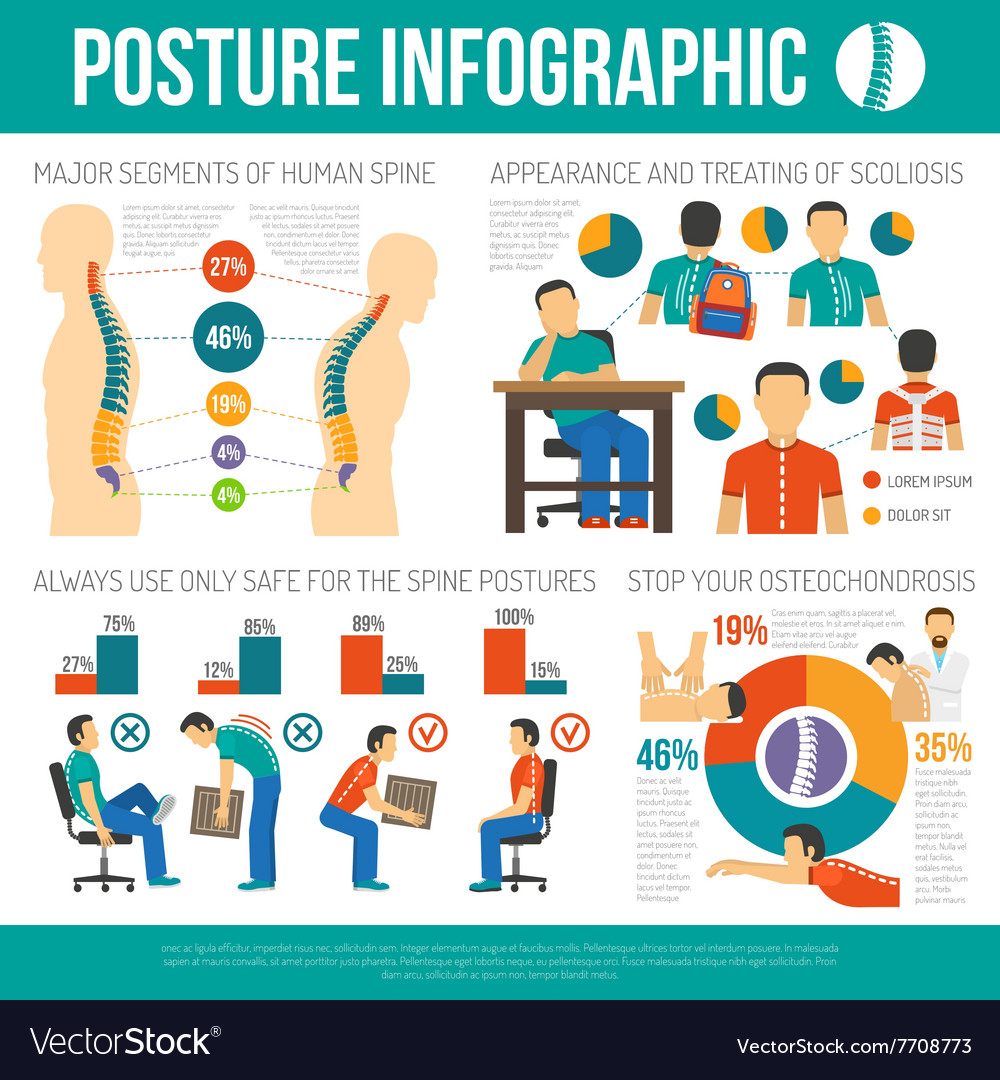Just When You Think Alleviation Is Near, Soft Tissue Therapy Exposes Its Awkward Realities-- Discover Why The Process Can Be Unpleasant Yet Useful
Just When You Think Alleviation Is Near, Soft Tissue Therapy Exposes Its Awkward Realities-- Discover Why The Process Can Be Unpleasant Yet Useful
Blog Article
Published By-Huffman Crabtree
When you undergo soft Tissue treatment, you might find it surprisingly uncomfortable. This pain emerges as stress is applied to strained muscle mass and broken tissues, activating your discomfort receptors. While it can feel traumatic in the minute, there's a reason behind this feeling. Comprehending what happens in your body during these therapies can help you appreciate the process. So, exactly what is going on under the surface?
The Physiology of Pain Throughout Soft Tissue Treatment
When you go through soft Tissue treatment, your body's reaction to discomfort is an intricate interaction of physical processes. As the specialist uses pressure, your body activates discomfort receptors, sending signals to your mind. This causes the launch of neurotransmitters, such as substance P and glutamate, which amplify the experience of discomfort.
Your muscular tissues might likewise tighten in response, further complicating the experience. Furthermore, your body may release endorphins, all-natural painkillers that can assist ease some pain.
The communication between these procedures can create an one-of-a-kind experience for each individual. Comprehending this physiological reaction aids you browse the feelings throughout treatment, enabling you to value the equilibrium in between pain and the possibility for recovery benefits.
The Function of Discomfort in the Recovery Process
Although discomfort throughout soft Tissue treatment can really feel frustrating, it plays a crucial role in the healing process. When you experience pain, your body is signifying that it's functioning to repair broken tissues. This reaction assists raise blood flow to the damaged location, supplying essential nutrients and oxygen needed for recovery.
Additionally, pain can advertise the release of endorphins, your body's natural pain relievers, producing a feeling of alleviation post-treatment. Accepting https://www.abc.net.au/news/health/2016-06-20/newborn-chiropractic-care:where-is-the-evidence/7526116 can aid you understand your body's limitations and urge you to resolve underlying issues.
While it's uneasy now, this procedure is crucial for lasting recuperation and enhanced feature. Acknowledging discomfort as a vital part of recovery can encourage you to remain committed to your treatment.
Tips for Taking Care Of Discomfort Throughout and After Therapy
Taking care of discomfort during and after soft Tissue treatment can significantly boost your general experience and recovery.
To begin, interact openly with your therapist about your discomfort levels; they can change techniques accordingly. Making use of deep breathing methods can additionally aid you loosen up and minimize pain.
Take into consideration using ice to the treated location post-session to reduce inflammation and numb soreness. Remaining hydrated aids in the healing process, so consume alcohol lots of water.
Gentle extending and light activity after therapy can advertise blood circulation and simplicity rigidity. Lastly, ensure https://chiropracticfamilyclinic72840.bloggerswise.com/40297934/indicators-you-may-need-soft-tissue-therapy-for-pain-alleviation get adequate remainder to allow your body to heal.
Carrying out these tips can make your soft Tissue treatment a lot more workable and enjoyable.
Final thought
Finally, while soft Tissue treatment can be uncomfortable, it's essential to recognize that this discomfort plays an essential duty in your healing journey. By understanding the physiological reactions at play, you can come close to the treatment with an extra positive mindset. Keep in mind, the preliminary pain typically paves the way to relief as your body releases endorphins. Embrace the procedure, and do not wait to make use of the pointers for handling discomfort to improve your experience and recuperation.
